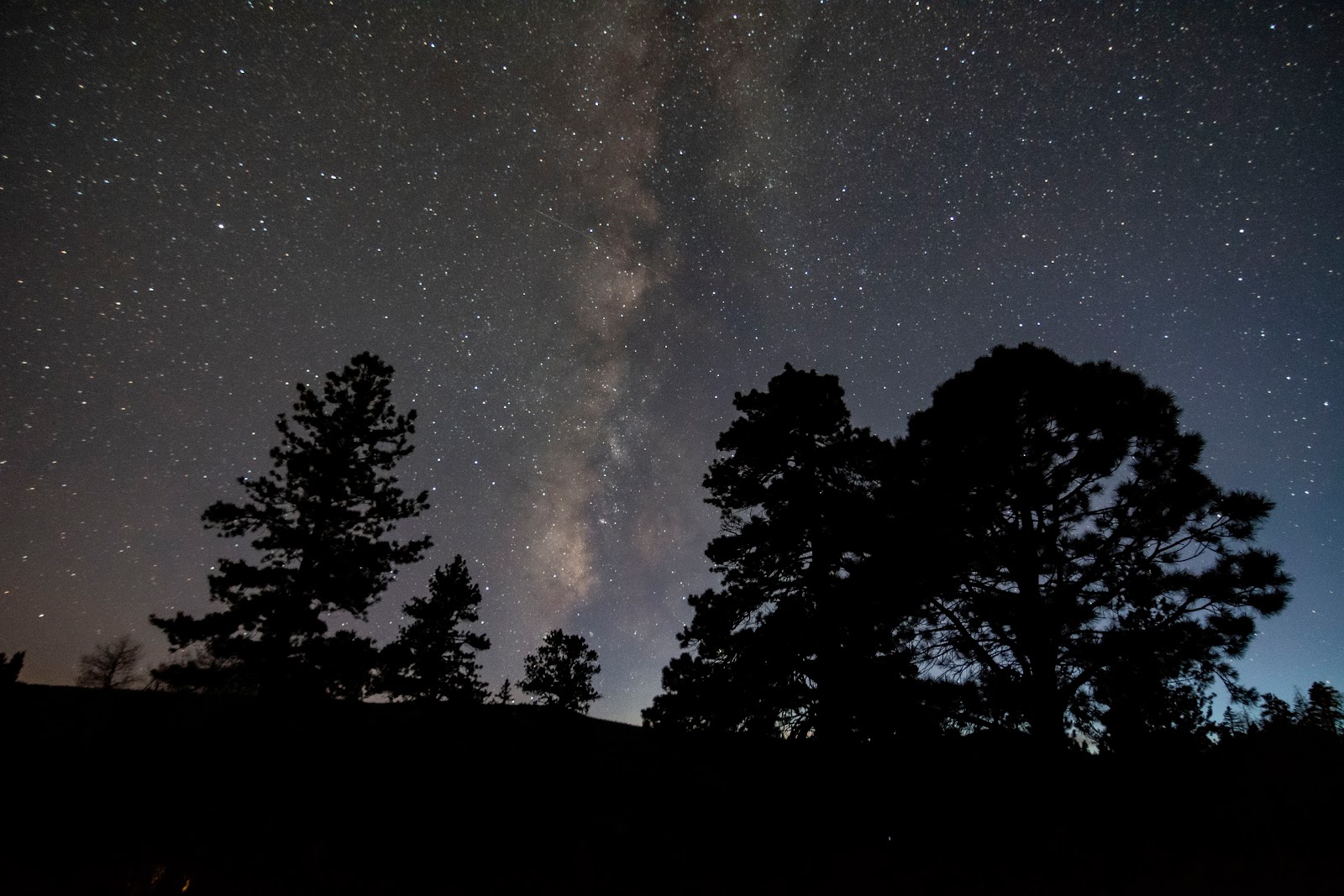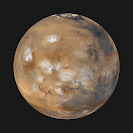Introduction
The heatwave continued throughout July. A few evenings and early morning hours were not as bad and were actually quite pleasant. I was able to attempt only one astrophoto with my phone, which did not turn out due to light pollution. I will have more opportunities in August. I was able to capture a few images of the active Sun again during July and will also capture more images of the Sun, Moon, and DSOs during August.
The Summer is busy for me, as well as most other people, I'm sure, so I have yet to take out my telescope for an observing session. I am hesitant to say this, as every time I plan an outing with my gear, the weather or some other circumstance alters my plans, but I am planning a nice observing session from my home soon. Due to light pollution and uneven ground, my location is not ideal, but it will suffice for the time being. August is a perfect month for stargazing. It's the last chance before school begins and the temperatures begin to cool. Observers can enjoy the Perseid Meteor Shower this month. Saturn will be paired with Neptune and will return to the evening sky by the end of the month, with Jupiter rising a few hours before sunrise.
Mercury reached inferior conjunction with the Sun on 31 July and has transitioned to the morning sky. This tiny world can be best viewed during the second half of August, as it rises earlier and is visible higher in the sky. Brilliant Venus and Jupiter can be used to help find this less bright planet in the hour before sunrise. The planets follow a path, the ecliptic, in the sky. Jupiter and Venus can be used to draw this path in the sky, with Mercury being closer to the horizon along this line. A very thin and elusive crescent Moon will join Mercury on the 21st.
Venus will be easy to spot in the predawn sky above the eastern horizon. The Earth's twin sister can be found in Gemini rising alongside the familiar constellation, Orion, for the first three-quarters of the month. The two brightest planets, Venus and Jupiter, will drift towards each other, with Venus making the most movement. On the 12th, less than a degree will separate these bright planets. After this planetary conjunction, Venus will continue its eastward trek, sliding into Cancer the Crab for the last quarter of August. Jupiter will remain with the background stars of Gemini. A thin crescent Moon will be close by on the 20th.
Mars will continue to grace the evening sky with its presence. It is well past its prime for telescope observation from our Earthly vantage point, but the red glow is a nice contrast against the other stars in the sky. Mars will reside in Virgo throughout August, with a crescent Moon joining it on the 25th.
Jupiter will rise about 90 minutes before the Sun as August begins. By the end of the month, this world will rise approximately three and a half hours before sunrise, allowing observers to view Jupiter for an extended period. Venus can be found moving towards Jupiter during the first 12 days of August, leading up to a planetary conjunction between these two planets on the 12th. Venus will continue moving eastward and into Cancer the Crab as Jupiter is content to stay with the Gemini twins. The Moon will pass close by on the 19th.
Saturn will rise above the Wasatch Front shortly before midnight on the first night of the month. By the end of the month, the Ringed World will reveal itself about two hours earlier. Saturn will reach opposition in September. The rings are beginning to tilt from our perspective, allowing observers to see them again. Neptune will rise with Saturn and will be just 1° away on the 6th, the second conjunction between the pair this year! The Moon will join this pair on the 12th.
Uranus will be close to the Pleiades during August, making this planet a bit easier to find in the night sky. The Moon will pass close by on the 16th. Uranus will be found in Taurus the Bull all month.
Neptune rises with Saturn during August, with a conjunction occurring on the 6th. This is the second planetary conjunction between these two planets, the first occurring on the last day of June. These two planets will have another conjunction early in 2026. The Moon will join Neptune and Saturn on the 12th.

Perseid Meteor Shower
The long-awaited and much-anticipated Perseid Meteor Shower returns in August. This shower peaks on the 12th and offers around 100 meteors per hour....under Moon-free skies. Unfortunately, this year, a Full Moon occurs just three days before the peak, meaning the Moon will wash out all but the brightest meteors. Observers should expect to see about 10% of the maximum rate. The Perseids are known for producing bright meteors which are visible even in bright Moonlight. Observers should get away from city lights to increase the number of meteors that can be seen. Viewing the Perseids a week before or after the peak date this year can also increase the number of meteors that can be seen. This shower appears to radiate from the constellation of Perseus, which rises above the north-eastern horizon shortly after sunset.
 |
Monthly Breakdown
August 01: First Quarter Moon 🌓
August 06: Saturn and Neptune within 1°
August 09: Full Moon 🌕
August 12: Moon passes within 3° of NeptuneAugust 12: Moon passes within 4° of SaturnAugust 12: Venus and Jupiter within 1°August 16: Last Quarter Moon🌗August 12: Perseid Meteor Shower Peaks
August 16: Moon passes within 5° of Uranus
August 19: Mercury reaches greatest western elongationAugust 19: Moon passes within 5° of JupiterAugust 20: Moon passes within 5° of VenusAugust 21: Moon passes within 4° of MercuryAugust 23: New Moon 🌑
August 26: Moon passes within 3° of MarsAugust 31: First Quarter Moon 🌓








No comments:
Post a Comment